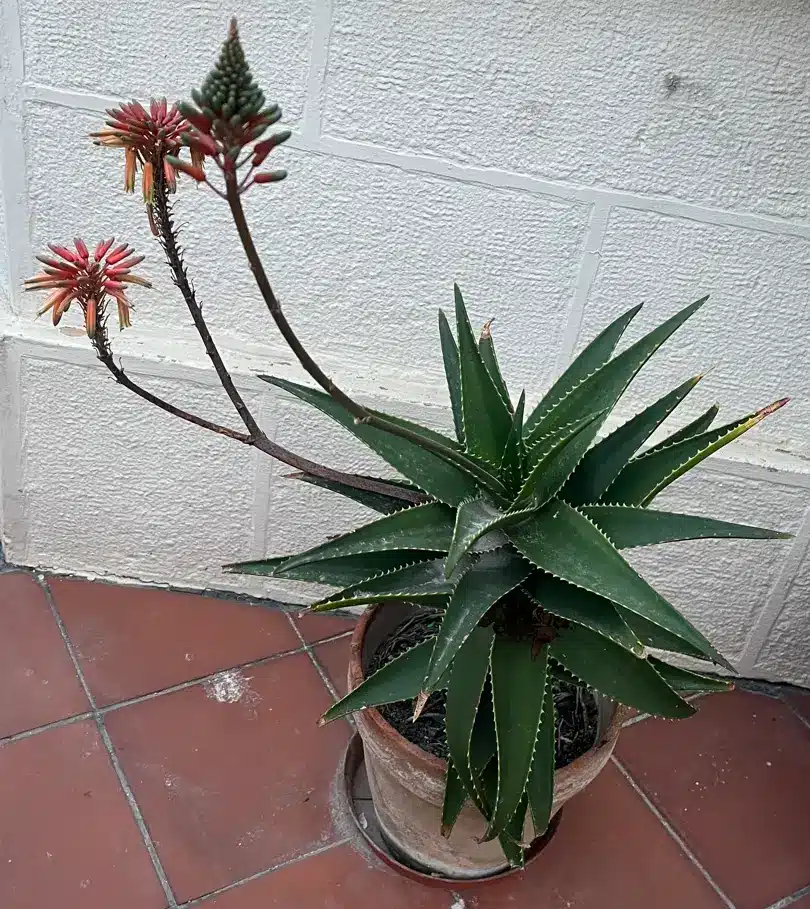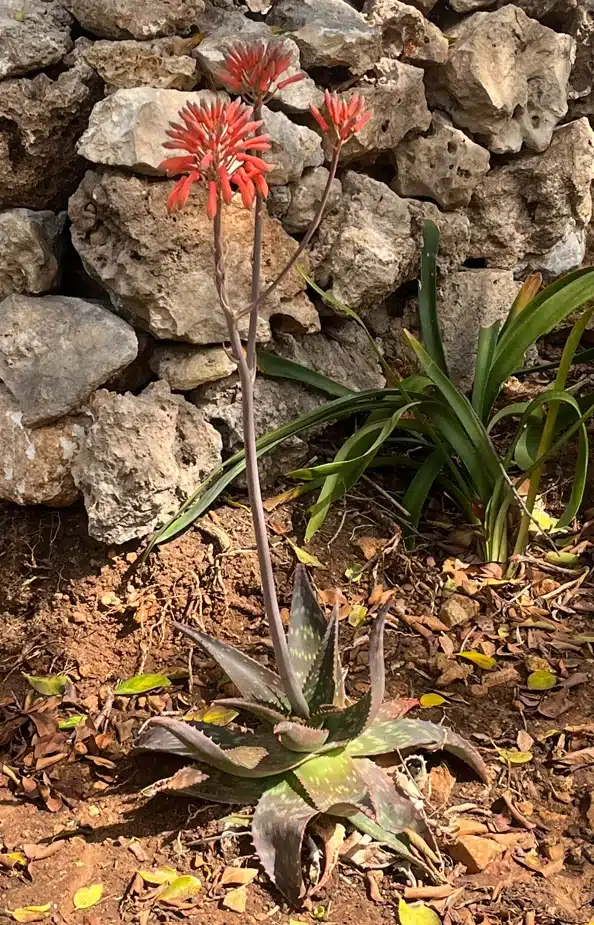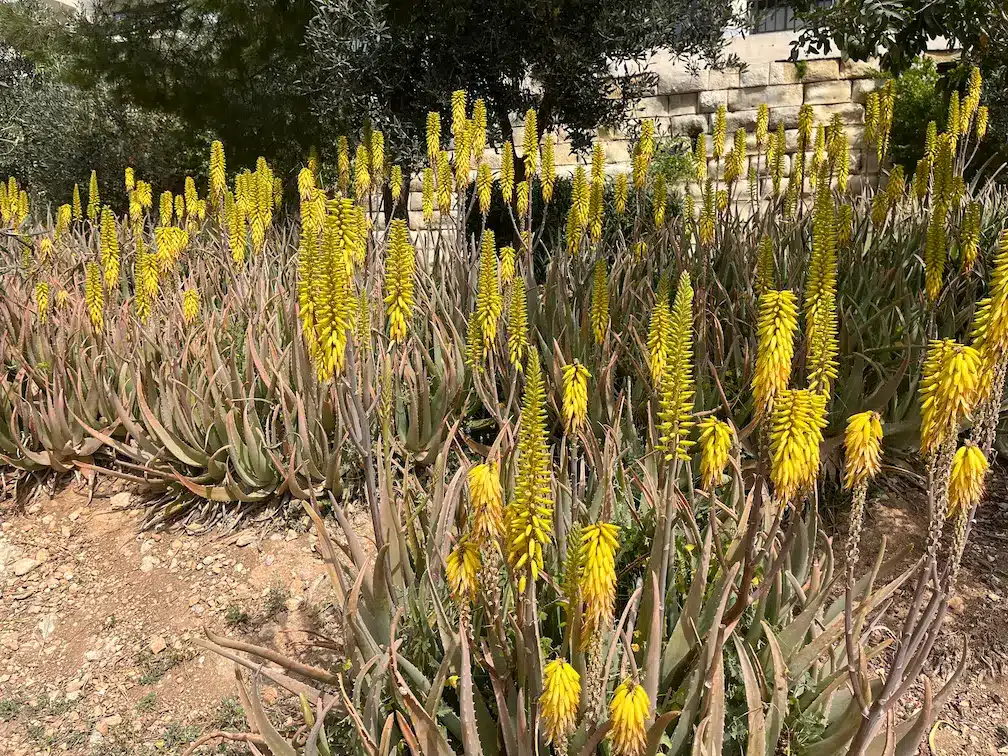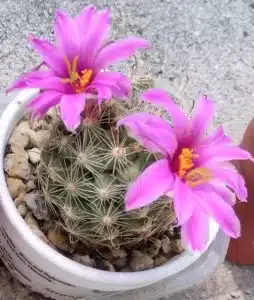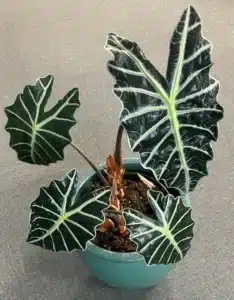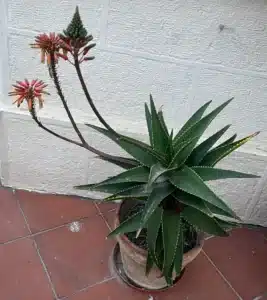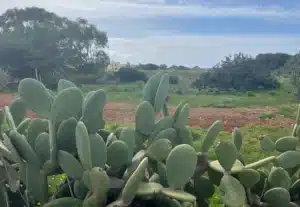
FAQ - Aloe species
Most frequent questions and answers
While Aloe plants are generally resilient against pests, they can occasionally attract spider mites, aphids, or scale insects. Keep an eye out for any signs of infestation, such as webbing, tiny insects, or sticky residue on the leaves, and treat them promptly with natural or chemical remedies.
Tiger Jaws come in various captivating varieties. For instance, ‘Super Warty’ boasts exceptionally textured and warty leaves, while ‘Tiger’s Tooth’ flaunts pronounced tooth-like edges. Each variety brings its own personality to the succulent party!
While Aloe plants prefer bright, indirect light, they can tolerate lower light levels for short periods. However, prolonged low-light exposure may cause them to become leggy or lose their vibrant color. If you’re growing Aloe in low-light conditions, consider supplementing with grow lights to maintain their health and vitality.
While Aloe plants thrive in warm, arid conditions, they can withstand brief periods of cooler temperatures, especially if provided with protection from frost. In colder climates, consider bringing your Aloe plants indoors during the winter months or providing them with shelter, such as a greenhouse or cold frame, to prevent cold damage.

